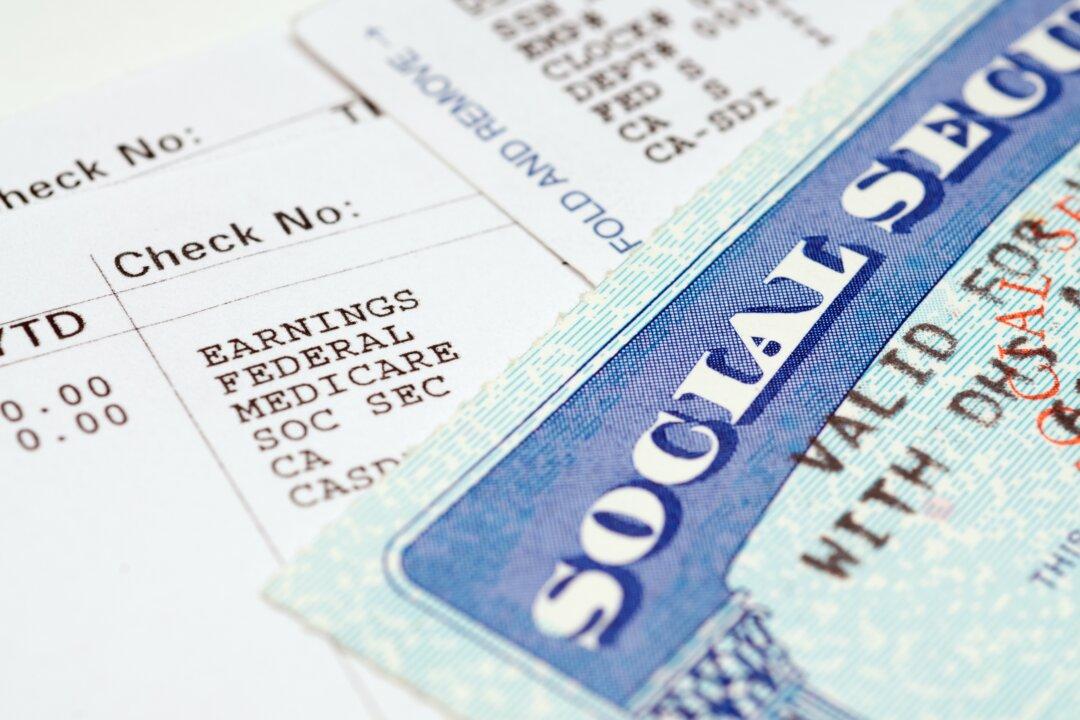As you get closer to the age when you need to take required minimum distributions (RMDs) from your retirement accounts, you are likely wondering about the best way to do it. There are several ways, but any of them depend on your circumstances.
When you get closer to the RMD age of 72, you will be notified that it is time to choose how you want your money distributed. If you reach age 72 after 2020, you are required to take your first RMD by April 1 in the following year, according to Kiplinger. After that, you must annually get your withdrawals by December 31.






